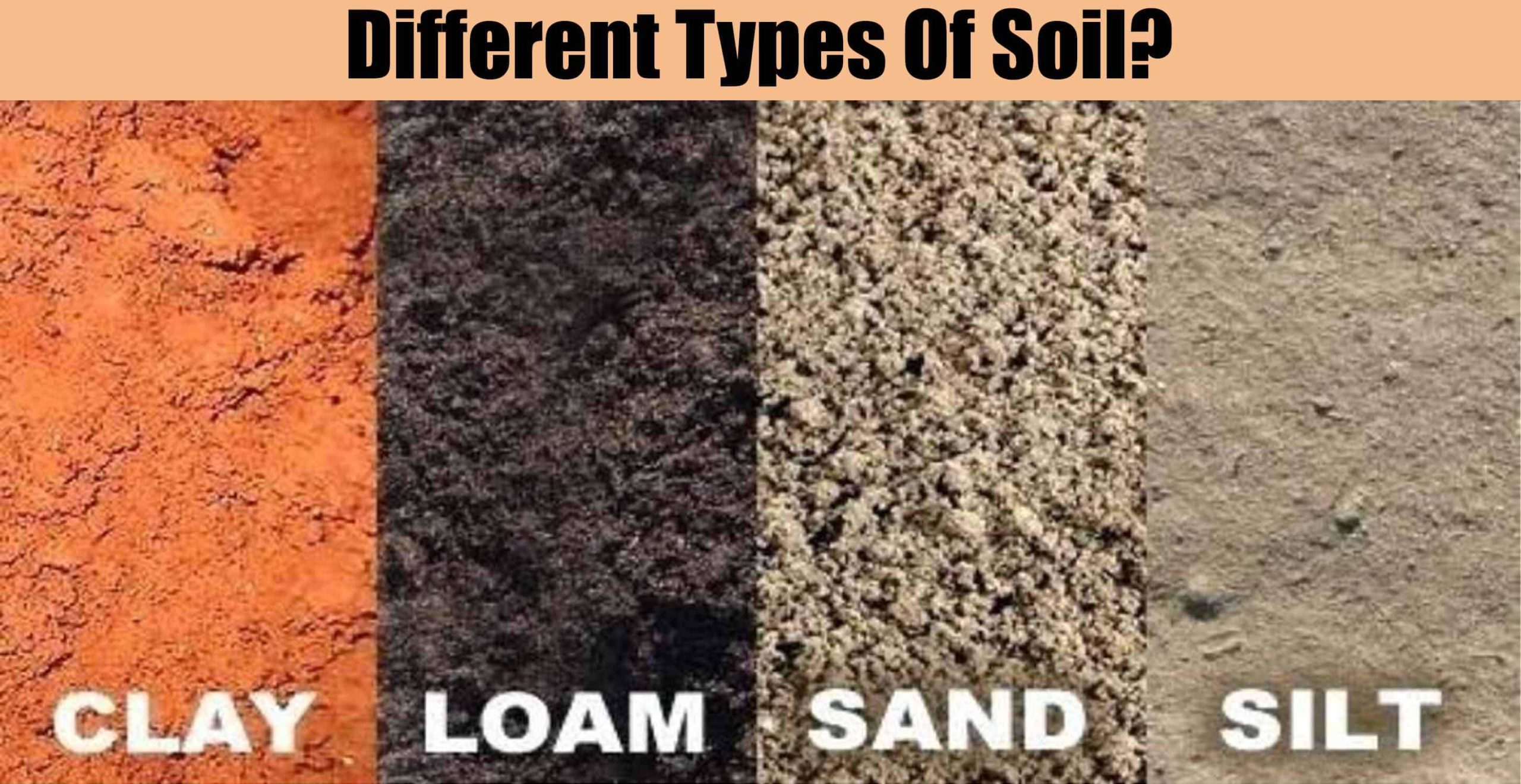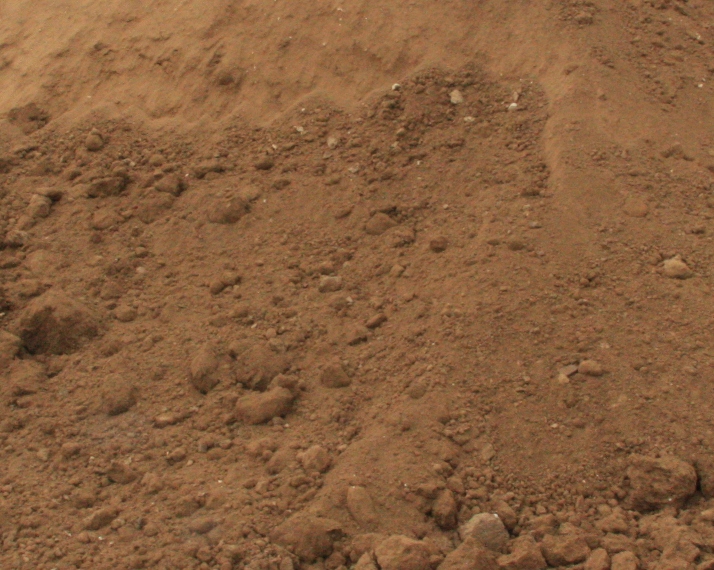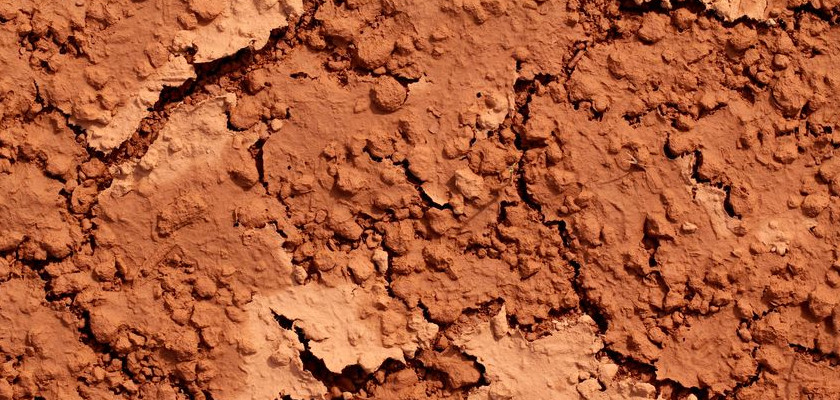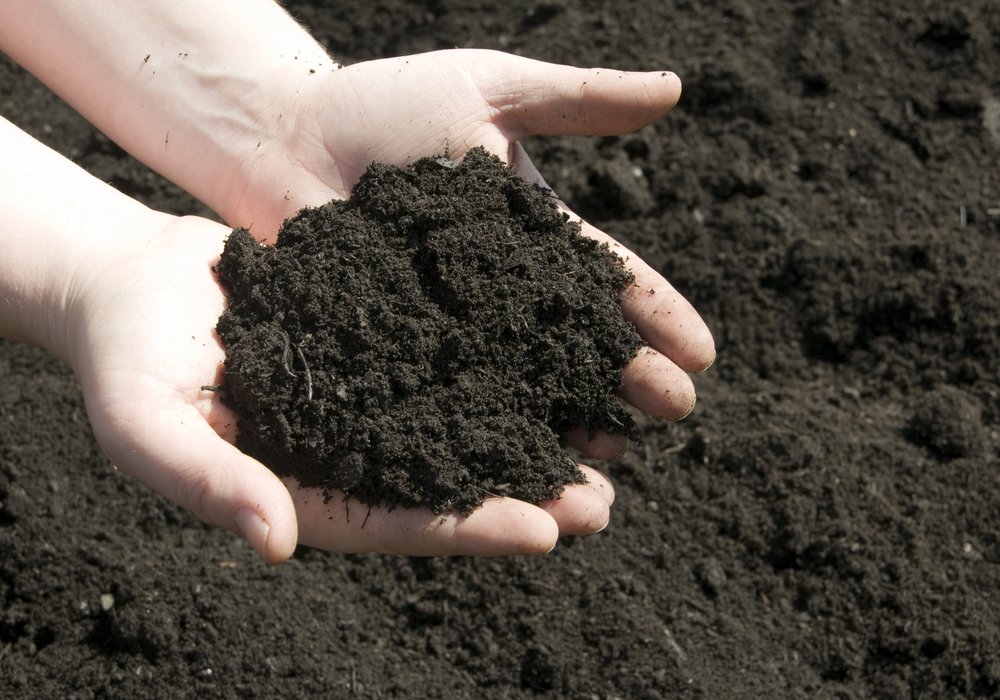Back to: AGRICULTURAL SCIENCE SS2
LESSON ONE
Welcome to SS2!
We are eager to have you join us in class!!
In today’s class, We will be discussing Soil. We hope you enjoy the class!

TOPIC: SOIL
CONTENT
- Meaning of Soil
- Types of Soil
- Composition of Soil
- Properties of Soil
- Factors of Soil Formation
MEANING OF SOIL
Soil can be defined as the unconsolidated weathered materials found in the uppermost layer of the earth surface on which plants grow. It provides support and nutrients for the plants.
TYPES OF SOIL
The three types of soil are; Sandy Soil, Clay Soil and Loamy Soil.

SANDY SOIL
A soil is said to be sandy if the proportion of sand particles in a sample of the soil is high. The particles are mainly quartz (SiO2).
PROPERTIES OF SANDY SOIL
- Sandy soil is coarse, grained and gritty.
- It is loose with large pore spaces.
- It absorbs and loses water easily.
- It is not sticky when wet and cannot form a cast or ribbon.
- It is well aerated with low water holding capacity.
- Percolation in sandy soil is high but capillarity is low.
- Sandy soil heats up easily during the day and cools down quickly in the night.
- It supports leaching, hence it is low in plant nutrients.
- It does not support waterlogging and erosion.
- Sandy Soil has grey or brownish colour.

METHODS OF IMPROVING SANDY SOIL
- Planting of cover crops
- Application of compost manure
- Application of farmyard manure
- Mulching the soil
- Avoidance of bush burning
ECONOMIC IMPORTANCE OF SANDY SOIL
- It is good for cultivation of cassava, cotton, groundnut etc.
- It is good for building construction when mixed with cement.
SELF EVALUATION
- What is soil?
- List the three types of Soil and state three characteristics of sandy soil.
CLAY SOIL
A soil is said to be clayed if the proportion of clay in a sample of the soil is very high.

PROPERTIES OF CLAY SOIL
- The particles are fine, powdery and smooth when dry.
- The parties are sticky and moody when wet.
- The particles are tightly bound together with little pore (air) spaces.
- It has a high water holding capacity.
- It is poorly aerated.
- Percolation in clay is low but capillarity is high.
- It does not support leaching, hence it contains plant nutrients.
- It is hard when dry and sticky when wet.
- It can easily form a ribbon or cast when moulded.
- It supports waterlogging and erosion.
- It has a grey or brownish colour.
METHODS OF IMPROVING CLAYED SOIL
- Liming
- Addition of organic manure
SELF EVALUATION
- What is clay soil?
- In a tabular form, give five differences between sandy and clay soil.
LOAMY SOIL
Loamy soil is a mixture of sand and clay particles with a high proportion of organic matter.

PROPERTIES OF LOAMY SOIL
- Loamy Soil is moist, loose with moderate-sized pore space.
- The structure breaks easily when wet and friable when dry.
- It has non-powdery and non-sticky texture.
- It can easily be worked or cultivated.
- It contains lots of organic matter (humus).
- It does not support erosion and waterlogging.
- It was well aerated and it can hold water.
- It is the best soil for the cultivation of crops.
- It is dark brown or black in colour.
SELF EVALUATION
- What is loamy soil?
- List four properties of loamy soil.
COMPONENT/COMPOSITION OF THE SOIL
The composition of the soil by percentage are:
- Soil mineral matter 45%
- Soil water 25%
- Soil air 25%
- Soil living Organisms 5%
FACTORS OF SOIL FORMATION
The five major factors which control soil formation are climate, parent materials, topography, biotic factors and time.
- CLIMATE: Climate is the average weather condition of a place over a long period of time. The elements of climate are temperature, rainfall, wind and pressure.
- Temperature: The alternating cooling and heating of rocks result in continual expansion and contract which eventually make the rock to crack and breakdown to form Soil.
- Rainfall: The action of running water from rainfall causes gradual wearing away of rocks during erosion to form soil. Raindrops provide water for hydrolysis, rainfall also breaks down some parent rocks to form soil.
- Wind: Rocks collide during the time of high wind velocity in the desert, this collision results in a breakdown of rocks to form soil.
- Pressure: High pressure on hanging rock may cause it to fail down and break in pieces, resulting in soil formation.
- PARENT MATERIALS: These are the materials (previously existing rocks) from which the soil is formed. The parent materials are igneous, sedimentary and metamorphic rocks. They determine the type, physical characteristic and chemical composition of the formed.
- TOPOGRAPHY: This is the sharp of the ground in relation to the underlying rock of the earth’s surface.
- More soils are formed in the valleys than on the hills.
- Sloppy surfaces support erosion which encourages soil formation.
- The shape of the land influences the movement and amount of water in the soil.
- It affects soil formation in the following ways.
- BIOTIC FACTORS: The activities of soil living organisms help to speed up the process of soil formation in the following ways;
- Termites, earthworm and rodents mix with the mineral and organic matter together to form soil.
- They aerate the soil, making air to react with rocks to form soil.
- The activity of man during tillage.
- Microorganisms cause the decomposition of organic matter to form soil.
- The root of plants penetrates the rocks thereby breaking them.
- Organisms produce carbon dioxide which promotes weathering of rocks.
- Microbe helps in the decomposition of organic matter.
- The leaves which fall from trees decay to increase the humus content of the soil.
- TIME: all the above factors takes a lot of time to in ally give rise to the soil.
- It takes a long time for a small piece of rocks to disintegrate into grains of soil.
- It takes a long time for plants to decay to form soil.
- It takes a short time to form immature soil.
SELF EVALUATION
- List the factors of soil formation.
- Explain how (i) topography (ii) wind and (iii) temperature results in soil formation.
GENERAL SELF EVALUATION
- List two methods of improving clay soil.
- List the component of soil and their respective percentage composition.
- List three ways of improving sandy soil.
- List five properties of sandy soil.
- List five properties of clay soil.
READING ASSIGNMENT
Essential Agricultural Science for Senior Secondary Schools by O.A. Iwena pages 65-87.
THEORY
- (a) What is soil?
(b) List the four component of soil.
- (a) State four characteristics of clay soil. (b) What is weathering?
We have come to the end of this class. We do hope you enjoyed the class?
Should you have any further question, feel free to ask in the comment section below and trust us to respond as soon as possible.
In our next class, we will be talking about Soil II. We are very much eager to meet you there.

Very very excited to read
Throw More Light On The Composition Of Soil
This Note Is Very Complete And Detailed. Well Done.
this note give me a full details thank you.
Excellent
Nice
I am happy
Thanks for the note
I understood everything clearly
I understood everything clearly
So proud of you sir
You didn’t explain silt.The noted is incomplete, please update. Thank You.
Thanks for the note
yes
yes
good
We’re glad you found it helpful😊 For even more class notes, engaging videos, and homework assistance, just download our Mobile App at https://play.google.com/store/apps/details?id=com.afrilearn. It’s packed with resources to help you succeed🌟
Thanks for the help class captain
excellent
It really does help
nice work
This is concise and educative. Well-done Classnotes